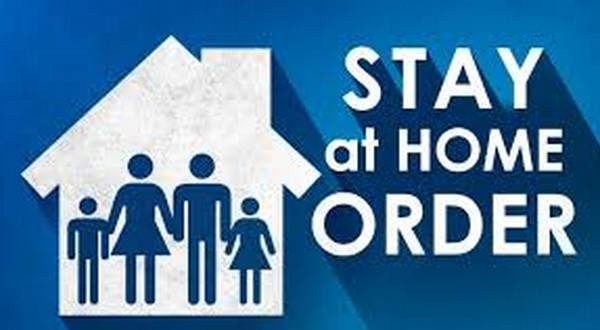
KANSAS CITY, Mo. (AP) – Smaller local governments are issuing stay-at-home orders to slow the spread of the coronavirus in Missouri, where the governor hasn’t issued a statewide order.Such orders took effect more than a week ago in the state’s biggest cities, including Kansas City and St. Louis, but smaller counties with few or no COVID-19 cases are now telling residents to leave home only for essential reasons, such as to buy groceries or medicine.The order in St. Francois County, in southeastern Missouri, takes effect on Friday, The Kansas City Star reported. The county has 10 cases as of Wednesday morning.
“In our case, in absence of a statewide action, we had to take action for our own community,” said Amber Elliott, director of the St. Francois Health Center, which issued the order in coordination with the county commission.
Republican Gov. Mike Parson on Thursday stressed local control and personal responsibility, although he said he’s evaluating his social distancing order and will provide an update Friday.
“All the orders in the world we can fight and we can print and we can send out, but at the end of the day, you as an individual are going to have to decide: Are you willing to protect somebody’s life?” Parson said.
Missouri had 1,831 cases as of Thursday, according to the state health department. That’s roughly a 16% increase in cases from a day earlier, when the state reported 1,581 confirmed cases. Among those with the disease is former St. Louis Cardinals outfielder Jim Edmonds, who wrote on Instagram that the virus is “no joke.”
The state also has had 19 coronavirus-related deaths, including five residents of a Springfield assisted living facility and two residents at a St. Charles nursing home. Another 19 residents and staff at the nursing home have tested positive.
Deborah Sherz, a retired nurse who signed an online petition, said she has watched neighbors have numerous visitors at a time, which she said exemplifies that “people don’t understand the risk” because government leaders are allowing social distancing rules that she says are inadequate.
The virus and the efforts to slow it have taken a financial toll. Data released Thursday showed that unemployment claims in Missouri increased to 96,734 for the week ending March 28, which was up from 42,246 the prior week. That’s up sharply from the same two-week period a year ago, when there were a total of 6,402 claims.
Parson said unemployment claims are at “unimaginable, historical highs” and that Missouri’s labor department has been getting more than 100,000 calls a day.
St. Louis county officials on Thursday sent warning letters to about 50 nail salons, dine-in restaurants, bars and other businesses that have continued to operate despite being deemed non-essential. County Executive Dr. Sam Page said non-compliant businesses might not have access to grants from a $2 trillion relief package passed by Congress last week.
The virus also has upended education in the state. The Columbia Public Schools announced Wednesday it would pause instructions for three days because families are struggling with remote instructions introduced when schools closed, the Columbia Daily Tribune reports. The Missouri Department of Education also refuted an apparent April Fool’s prank that claimed on social media that students would not advance to the next grade level because of school closures.
And the University of Missouri announced Thursday it was canceling spring graduation ceremonies but will provide a “virtual celebration” and invite graduates to participate in future ceremonies. Southeast Missouri State also announced Thursday that it’s graduation ceremonies will be postponed.
Meanwhile, a small group of nurses from Research Medical Center in Kansas City, Missouri, and Menorah Medical Center in Overland Park, Kansas, gathered Wednesday to call out their parent company, HCA Midwest Health, saying it has not properly equipped them for the fight against the coronavirus, The Kansas City Star reported.
For most people, the coronavirus causes mild or moderate symptoms, such as fever and cough that clear up in two to three weeks. Older adults and people with existing health problems are among those particularly susceptible to more severe illness, including pneumonia.
WebReadyTM Powered by WireReady®NSI










